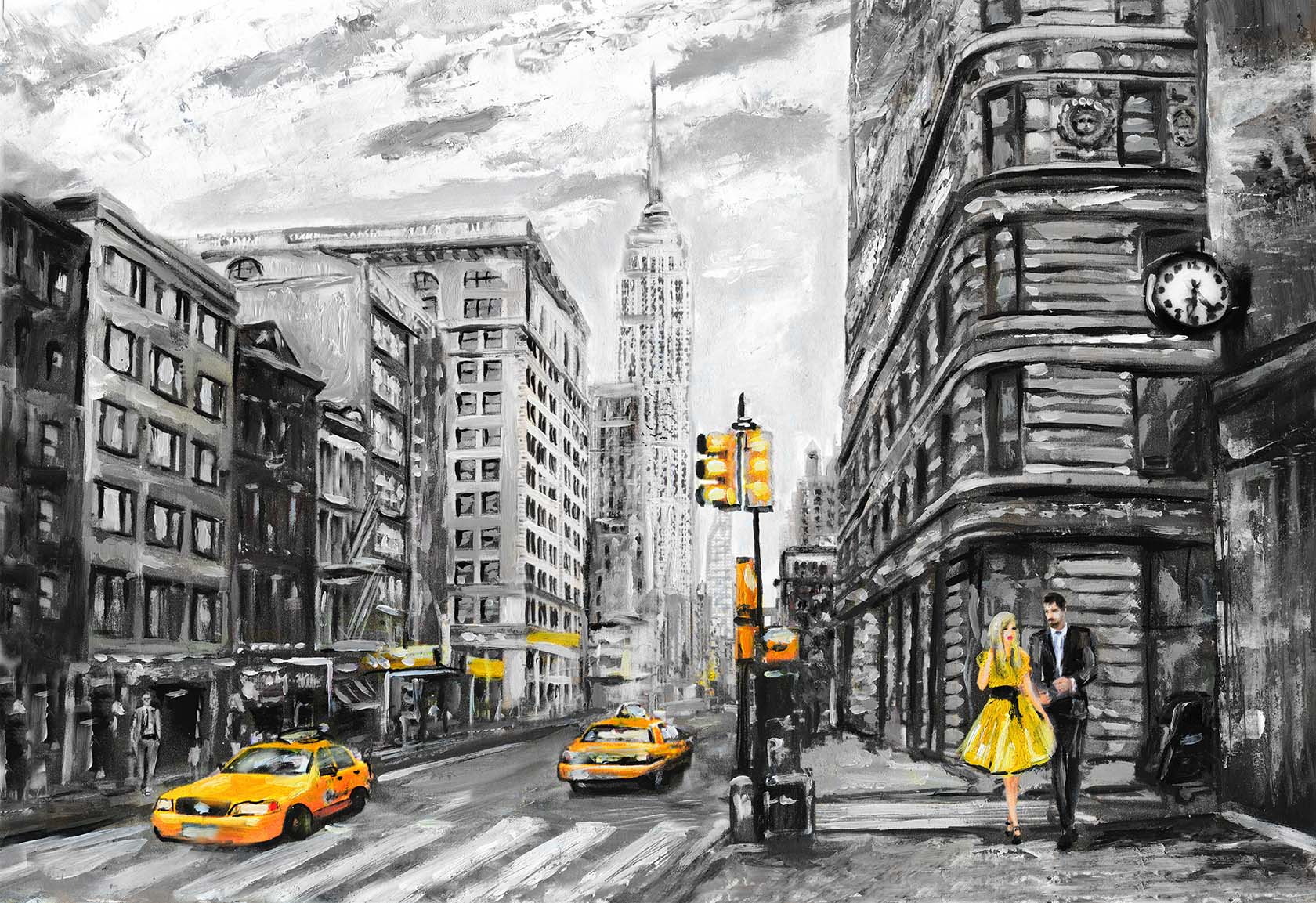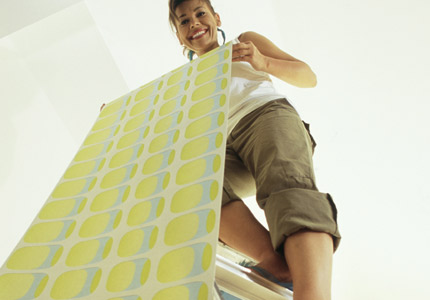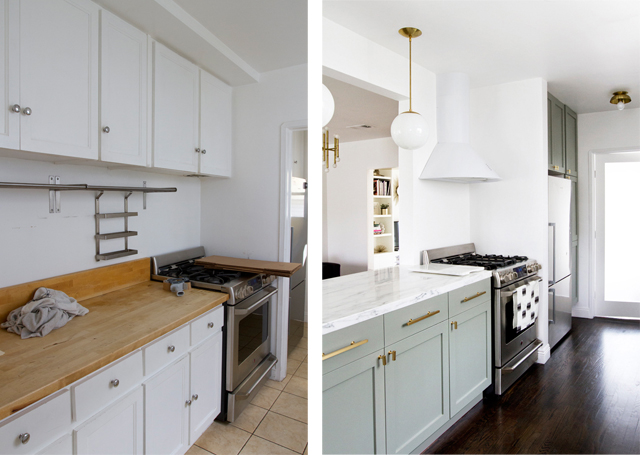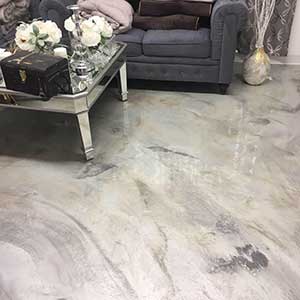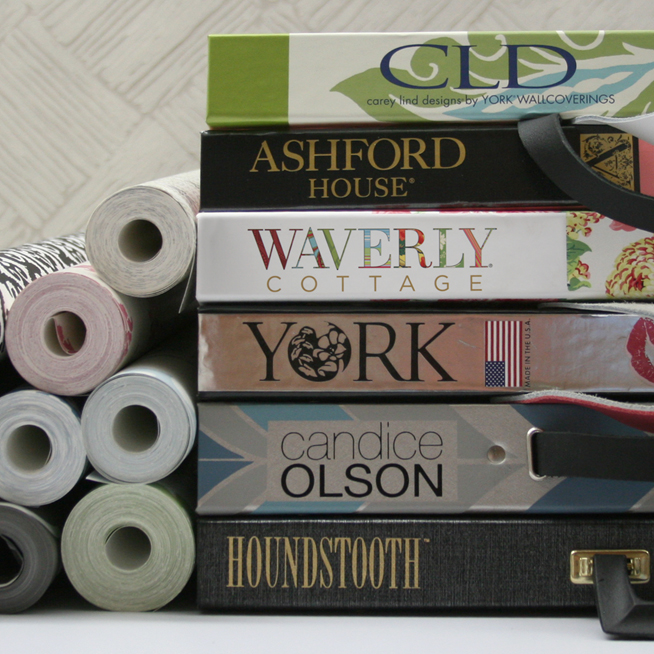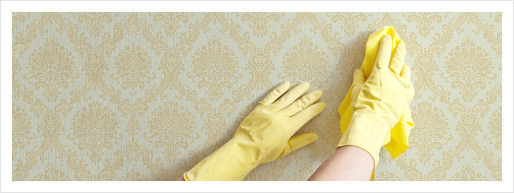مقالات تصادفی
wallpaper History
پست شده در تاریخ 1395/1/17 توسط گروه آموزشی در مقالات
تاریخچه کاغذدیواری به زبان انگلیسی.ما نگاه های خاص را می خواهیم
A Short History of the Wallcovering Installers Association
BY ROBERT M. KELLY
The Wallcovering Installers Association (WIA), formerly known as the National Guild of Professional Paperhangers (NGPP), was founded in 1974. Since then, tools, techniques, supplies and wallcovering materials have changed enormously. But, the mission of the professional paperhanger has remained constant: to get the most from the materials on hand on behalf of the client.
The WIA was born in a different world. It was a time when members huddled together like early Christians, often holding meetings in their homes — a time when chapter newsletters announced holiday dinner dances with live music and dancing — a time when "networking" meant ABC, CBS and NBC. For the first five years, there were no conventions or regional workshops. There was no member’s directory. We might be justified in calling the first ten years of our organization primitive by today’s standards.
And yet, the National Pasteboard, the national newsletter, filled a variety of functions. It was the Facebook, Twitter, and Instagram of its day. Previously isolated installers were soon part of a new perspective. They began sharing information and learning about the goals and leading figures of this new organization. Many hundreds of paperhangers were soon mailing membership dues to people they had never met.
The structure of the young NGPP was not framed by idealistic young men. Our founders, Sam Kovnat and Harold Laffer, came of age in the second quarter of the 20th century. The principles of the NGPP were mature statements of belief based on at least 25 years of professional practice. The 1930s — despite the Great Depression — was a time when wallpaper was abundant, on a scale that is difficult to imagine. Wallpaper was largely cheap ink on cheap paper. It cost far less than a dollar per roll. A first-class mechanic was expected to hang 25 to 30 of these 36 square foot rolls per day. There were so many paperhangers that they had their own union.
After the Second World War, self-employment became an alternative to joining a union. It was a risky path, but the rewards could be greater. It’s important to know that the Painting and Decorating Contractors of America followed a different path. The PDCA was founded as the Society of House Painters in Chicago in 1885. It was not founded by workers, but by employers. Titus Berger, the first president, stated that "…the deplorable conditions of the Master Painter…[were] so apparent…that to take some immediate steps seemed an imperative duty." When Mr. Berger talked about "Master Painters", he was not referring to skill levels, but to managerial roles. The group was popularly known as the Boss Painters. The PDCA was, and remains, a trade association: companies join it. In contrast, the NGPP/WIA was founded, and remains, a professional organization: individuals join it.
All the founders were competent paperhangers, and a few were highly talented. But, more important than their technical skills were their personal qualities: dedication, vision, and a willingness to share. They taught young installers not only how to hang paper, but also what a "professional" was, and how to build a career.
The Guild began with two men: Harold Laffer in New York and Sam Kovnat in Philadelphia. Sam learned the paperhanging trade from his father, but his first work experience grew out of amateur boxing, which he took up at age fourteen in 1928. Three years later he turned pro. After five years and a better than average record he hung up his gloves and became a longshoreman. Next, he traveled the country as an AFL-CIO field organizer prior to World War II. Field work in the labor movement was not for the faint of heart. Nevertheless, Sam often put himself in harm’s way to advance a cause that he believed in.
After a 3-year hitch in the Army, he began hanging paper to support his wife and family. Naturally, he joined the union. But the paperhanger’s union was falling down on the job. For example, paperhangers were earning lower wages than other tradesmen. More seriously, the business agent was giving work to his cronies and selling out to the bosses. After much unsuccessful agitation, Sam despaired of change. In 1953, he joined the ranks of the self-employed. His working conditions had improved, because he had been set free from favoritism. However, substandard materials now presented him with a thorny problem.
After the Second World War, the economy boomed. Soon, customers had more choices among installers as well as goods. Wallpaper was rapidly becoming a more fashionable and durable product. Customers were able to pay more, but they expected more for their money, which resulted in higher standards for material and installation. Factories were gearing up and sometimes new substrates were being rushed onto the market. But who was responsible when the job turned bad? The union man could complain to shop stewards, but who was watching out for the self-employed paperhanger?
With his union background, Sam saw the need for organizing self-employed paperhangers. He tried to form a group in 1959. But, the effort fizzled. In 1964 he made another attempt. The seven men who met in his basement wanted: "…to work together to demand better quality merchandise or fair compensation for time lost due to poor material…" A noble goal — but, this effort also failed. Finally, in November, 1974, sixteen paperhangers met at a public library in Philadelphia and formed the Self-Employed Paperhangers Association of Philadelphia. They included Sam, Izzy Gecker, Joe Murphy, Earl Corlett, Bill Killon, John Nicklous, Joe Ingrassia, Jack Kaufman, Stan Leonarsczk, Sam Belsh, John Kronenberger, Irv Homer, Ed Zelinsky and Joe Kedlec.
Meanwhile, Sam had no way of knowing that about a hundred miles to the Northeast, Harold Laffer had also been wondering how to improve working conditions and advance the paperhanger’s self-interest. A near-constant discussion among his fellow installers was about the lack of quality control for wallcoverings. Like the group in Philadelphia, they were frustrated by untested substrates and feeling the pressure from rising consumer expectations. Harold wondered if education was the answer. He entered a partnership in the early 70’s with a fellow New York paperhanger, Stan Warshaw. In 1972, they bought property in Rutland, Vermont and founded the United States School of Professional Paperhanging.
Stan and Harold parted company in January, 1973. Although the breakup was a personal setback for Harold, it was a blessing in disguise because it redirected his energies. More intent than ever on improving working conditions, Harold wrote to Long Island paperhangers in December, 1973. Despite their frequent complaints about substandard materials, his letter was ignored. Undaunted, he followed up with phone calls. He managed to gather a group of paperhangers at the Sherwin-Williams offices in Hicksville, New York on February 10, 1974. Early joiners included Lucien Iamele, Seymour Debbins, Saul Cantor, Guy Cooper, Herman Stein, Morris Hyman, Alex Pactovis, and Bob Hartig.
The New York group chose a name: the Guild of Professional Paperhangers. The founding was publicized in October, 1974 by American Painting Contractor, a trade magazine, and Wallcoverings Magazine, a publication for retailers. In January, 1975 the group formed by Sam Kovnat wrote to the New York group. The New York group wrote back immediately and the first meeting took place midway between New York and Philadelphia on February 2, 1975. They soon found that they talked the same language. In the excitement of learning that all paperhangers had the same basic concerns, localities and distances seemed to melt away, to be replaced by a new idea: the formation of a national organization.
The National Guild of Professional Paperhangers incorporated in Pennsylvania in 1979 with 90 members in 3 states (New York, Pennsylvania, and Florida). Saul Cantor, who had moved from New York to Florida, later moved to North Carolina and continued to spread the word. By the springtime of 1983 meetings were being held in Chicago, and before long a new chapter was on board. This was significant because Chicago was the first major city chapter outside the Northeast and South. It seemed inevitable that California would follow. Growth there was swift. By June, 1987, there were more members in California than in any other state.
Growth was very strong in the late 80’s, which resulted in taking on a professional management company in 1987. Few would argue for a return to a strictly volunteer organization. Yet, employing professional management has proven difficult at times.
The NGPP has faced other challenges in the last forty years: among them have been the inevitable clashes of personality which are bound to happen with strong-willed, independent people, the difficulty of running a national organization in our vast country, and fluctuating economic conditions, whether they be on national, regional, or personal levels. Perhaps most challenging has been the nature of the work. Paperhangers work with their hands in a society that does not always value the discipline and skill needed to perform craft work. The organization’s achievement in this regard has been stellar. The NGPP has, as its founders hoped, elevated the position of the installer, not only in the industry, but in the larger society.
Despite the many changes since 1974, wallpaper and paperhangers show no signs of going away. Our founding fathers built an organization from scratch and perhaps they built better than they knew. They provided room in our traditions so that we can change as business conditions change. When the Wallcovering Installers Association finds new ways to improve working conditions and further legitimate self-interest, it will be following goals that were carefully established by Sam Kovnat and Harold Laffer many years ago.

